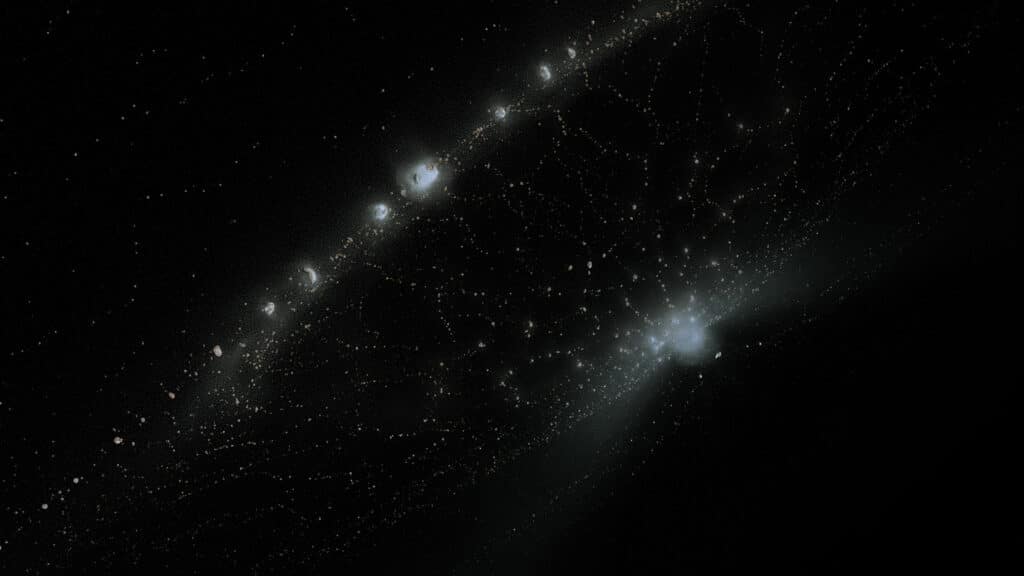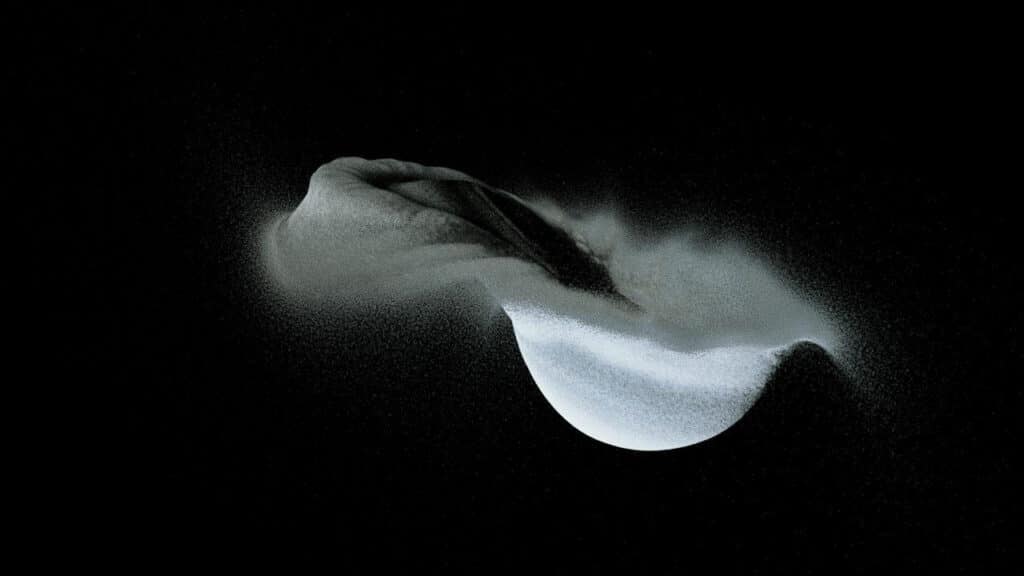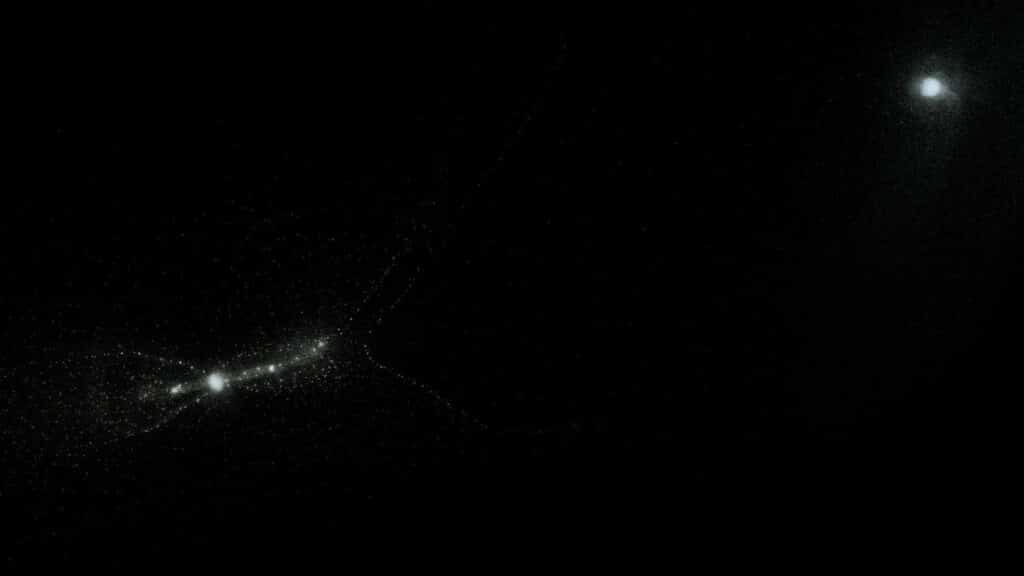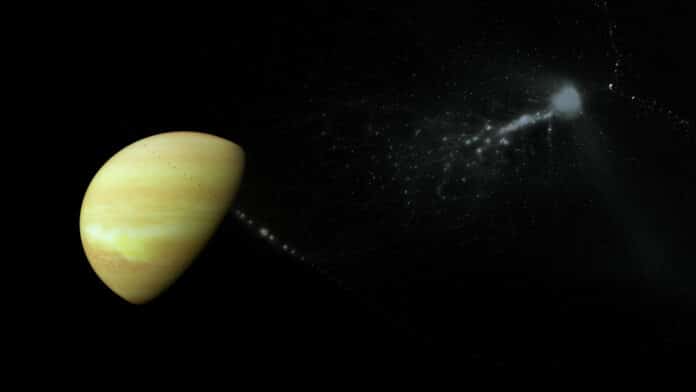Whatever their origin, Saturn’s rings appear to be young. Most recent, accurate measurements of Saturn have been made by the Cassini spacecraft. The rings of Saturn were discovered to be substantially younger than previously believed after an analysis of Cassini data.
NASA and Durham and Glasgow Universities used the COSMA supercomputer housed at Durham as part of the UK’s DiRAC (Distributed Research Utilising Advanced Computing) facility to further study this. They created a new series of supercomputer simulations.

The simulations suggest that Saturn’s rings could have evolved from the debris of two progenitor icy moons that collided and shattered only a few hundred million years ago. They were around the same size as Dione and Rhea, two of Saturn’s present moons.
Some of Saturn’s current moons may have formed partly due to debris that did not wind up in the rings.
The scientists created simulations to show how various collisions between precursor moons in Saturn’s system would have appeared.

The SWIFT open-source program was used to do these hydrodynamical simulations, which provided scientists with their best understanding of the history of the Saturn system. The research team found that various collision scenarios may spread the proper quantity of ice towards Saturn’s Roche limit, where it could settle from rings as icy as those of Saturn today. This was determined by modeling nearly 200 distinct variants of the impact.
Alternative ideas have yet to explain why there would be so little rock in Saturn’s rings, given that other system components have mixed ice and rock in composition.

Scientists noted, “We will learn more about this interesting planet, and the ice worlds it orbits through additional research expanding on current effort.”
Journal Reference:
- L. F. A. Teodoro, J. A. Kegerreis, P. R. Estrada3, M. Ćuk, V. R. Eke, J. N. Cuzzi, R. J. Massey, and T. D. Sandnes. A Recent Impact Origin of Saturn’s Rings and Mid-sized Moons. The Astrophysical Journal. DOI: 10.3847/1538-4357/acf4ed
